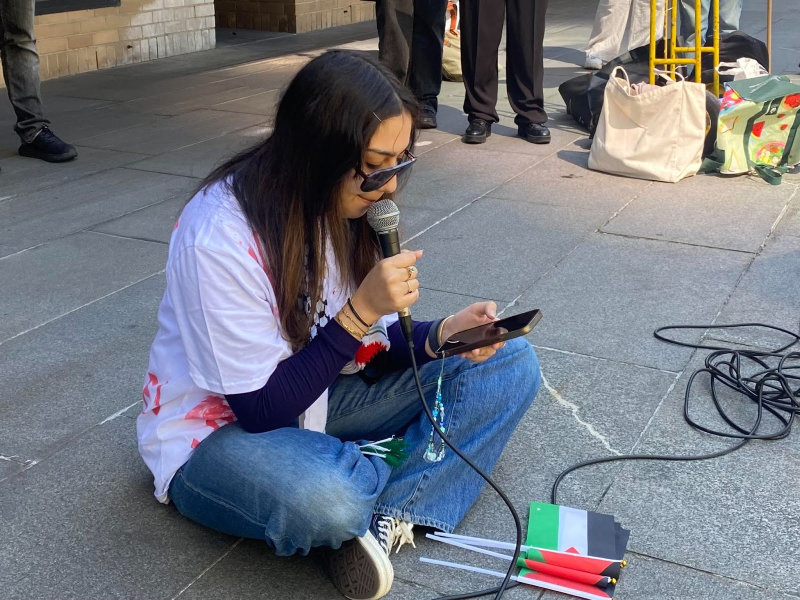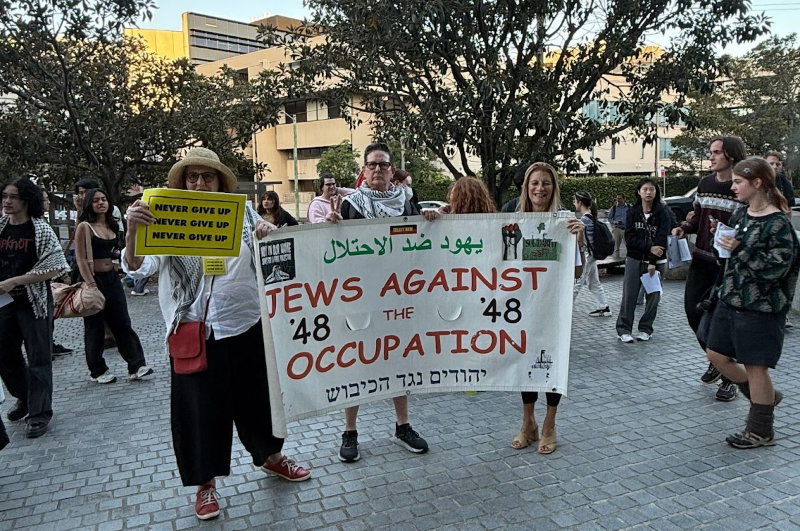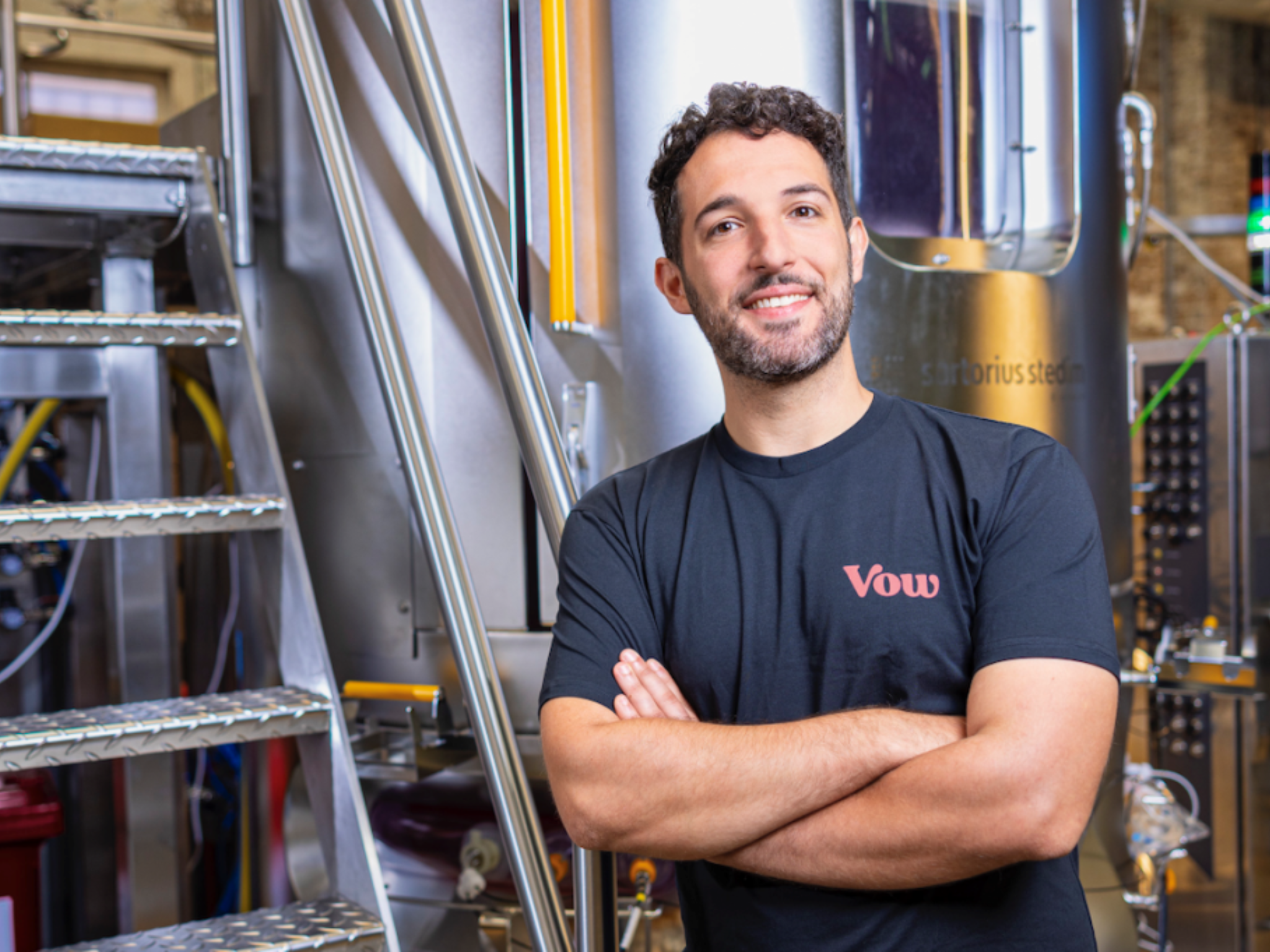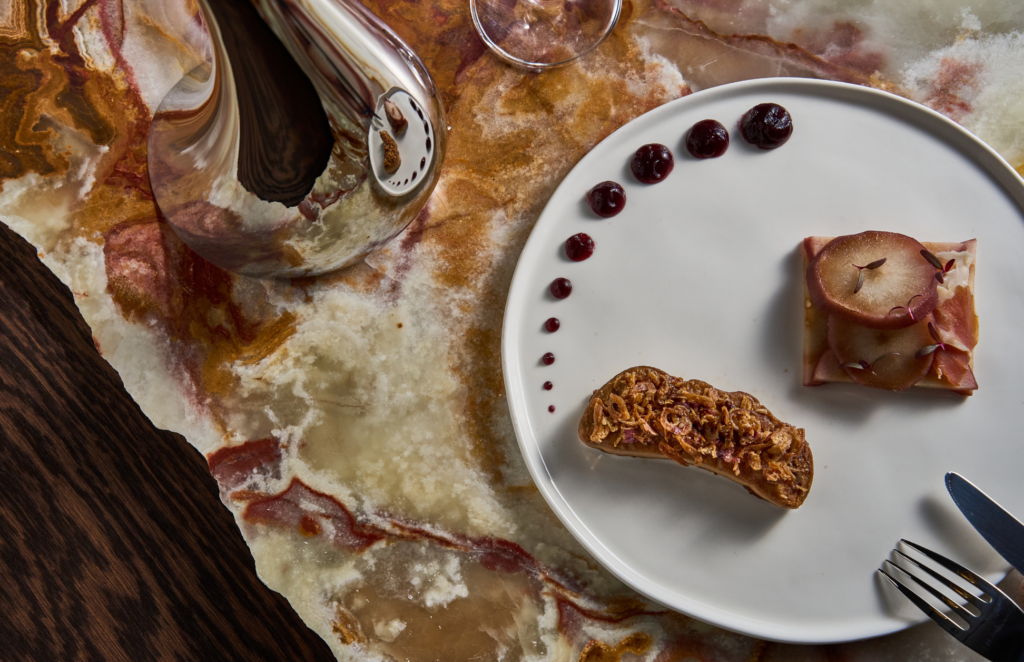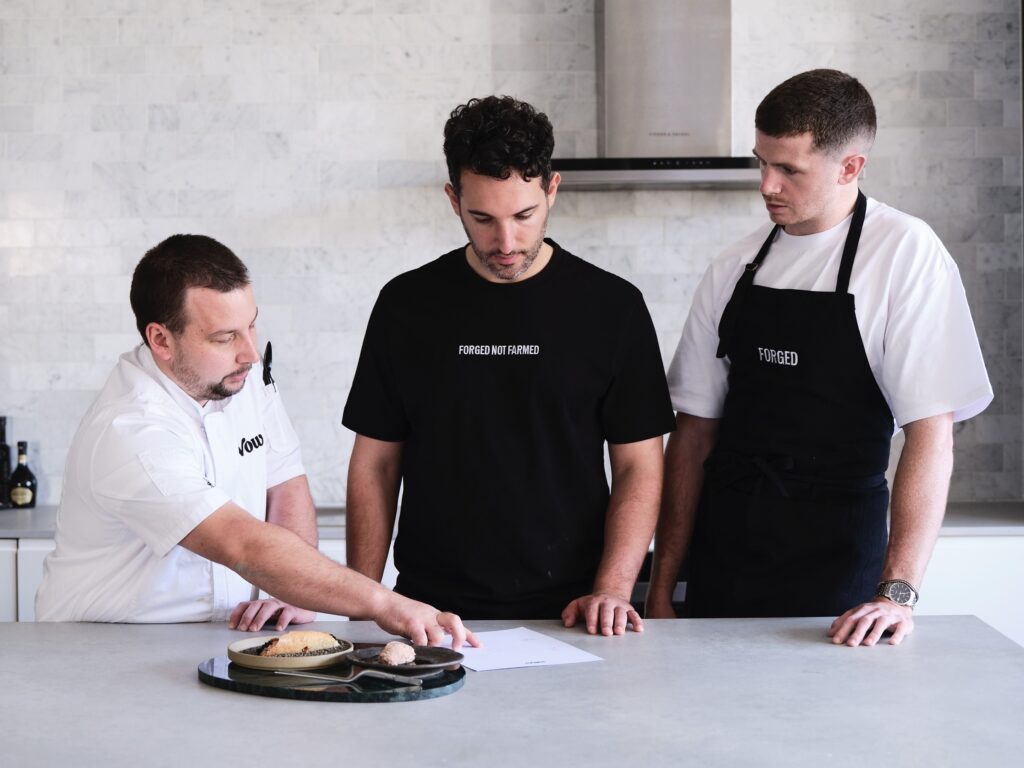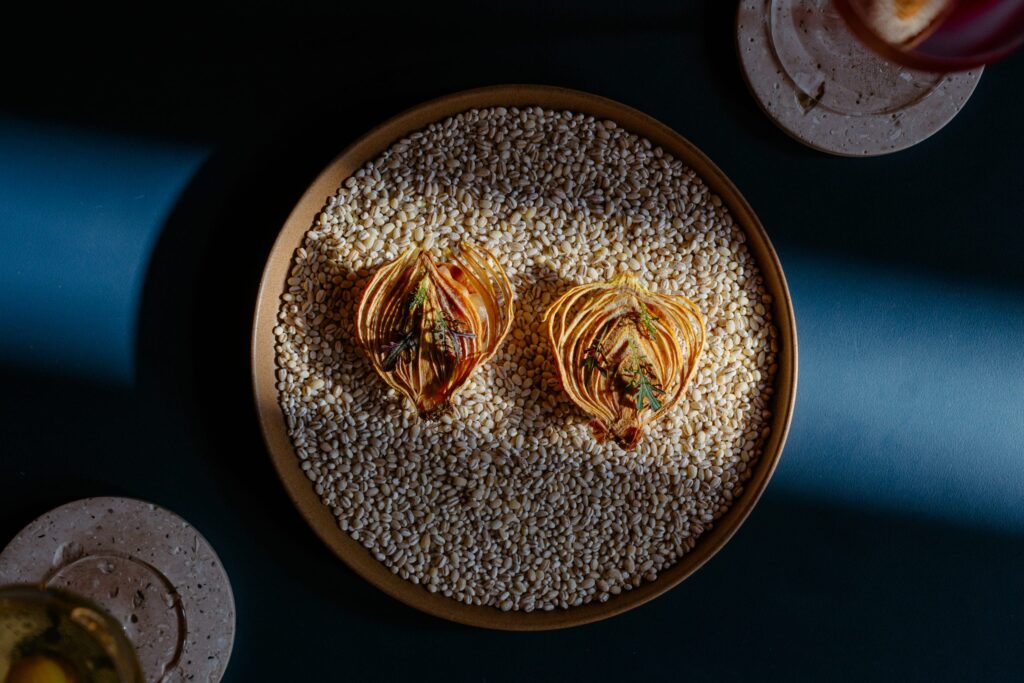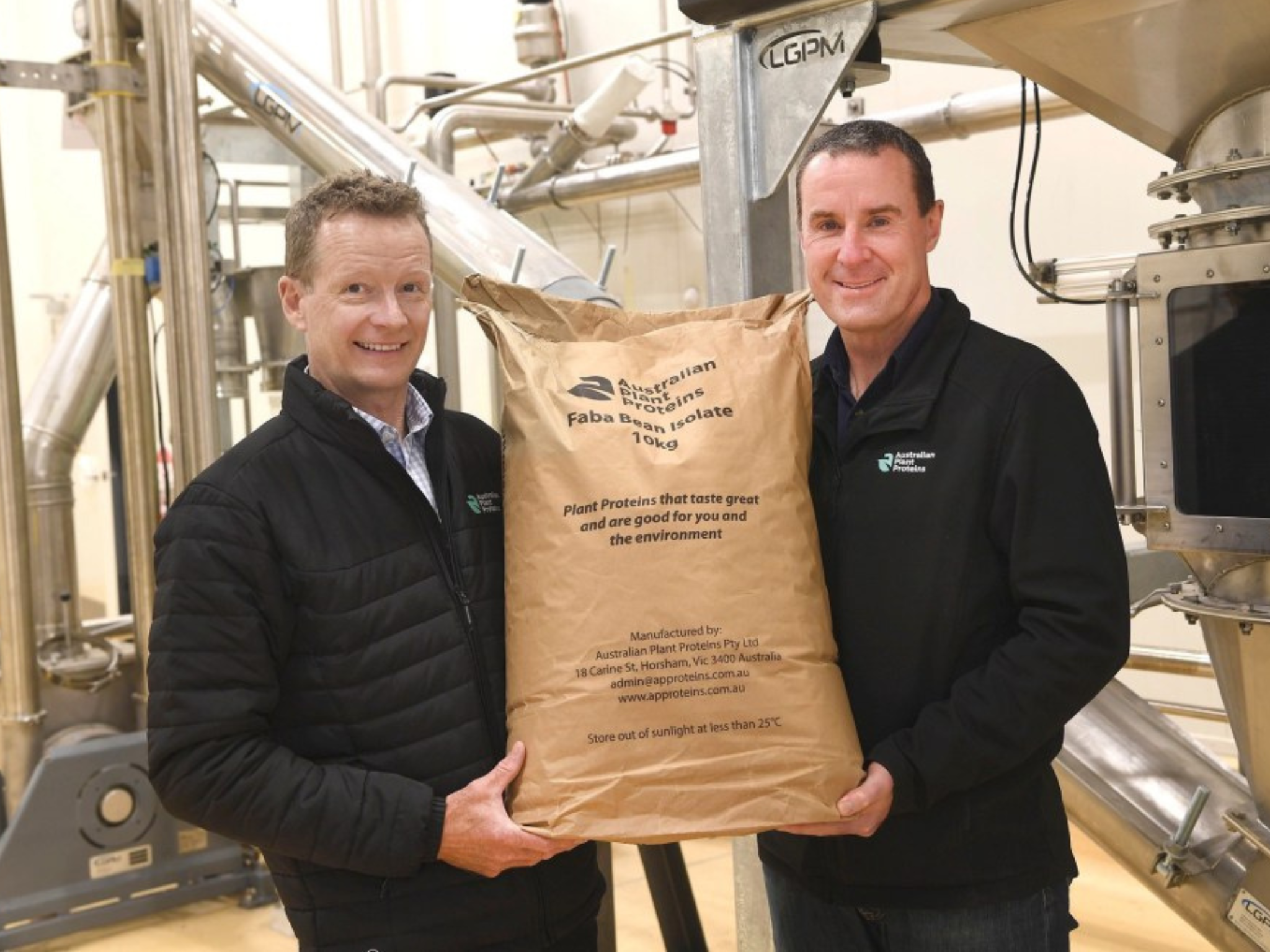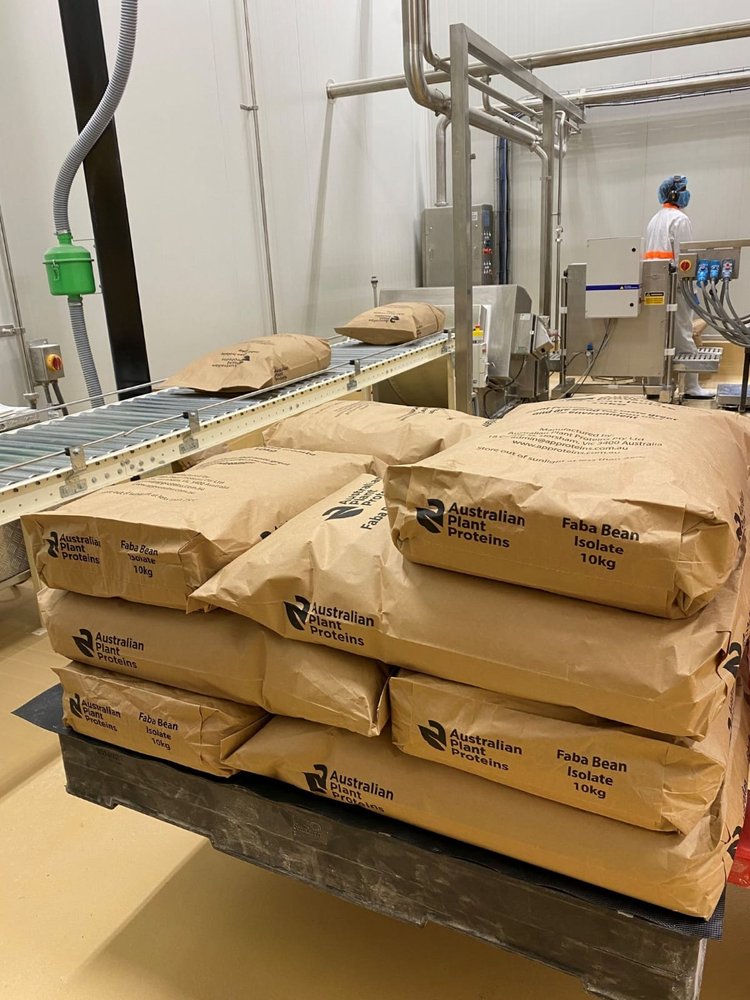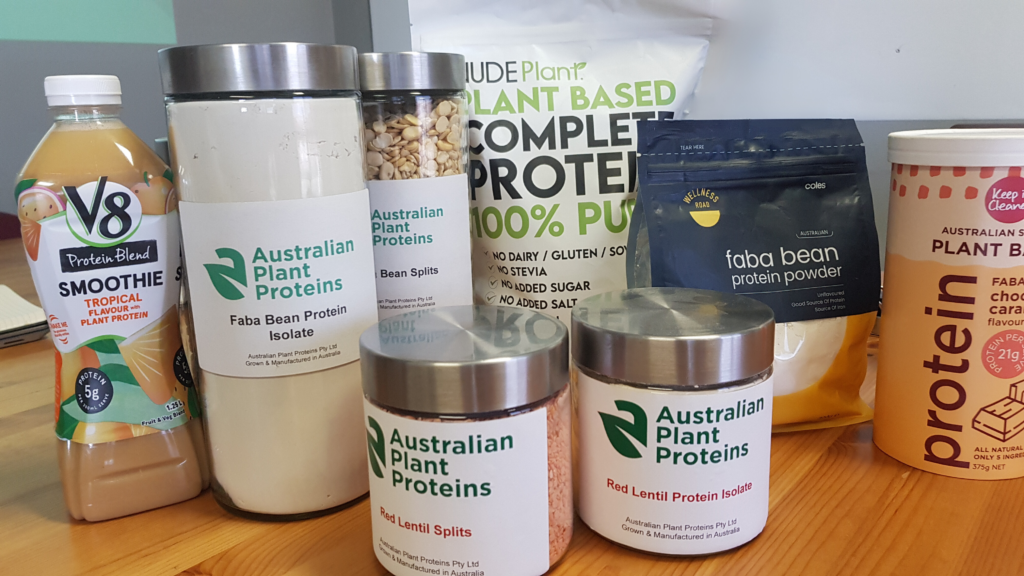Dear Honorable Member,
Australians will vote to elect a new Federal Government on 3 May 2025. For decent Australians the major issue is the Gaza Genocide, the US-backed, Zionist Israeli mass murder of about 0.6 million Indigenous Palestinian children, mothers, women and men, and unforgivable Mainstream Australian complicity in this appalling and ongoing atrocity. The Australian Labor Government with Coalition support has been complicit in the Gaza Genocide in 20 ways and lies for Apartheid Israel in 35 ways.
Mainstream media (with the exception of the Guardian and the Independent) undercount Gaza deaths by a factor of 10 – egregious genocide-ignoring, genocide-denial, holocaust-ignoring and holocaust-denial. Holocaust-ignoring is far, far worse than repugnant holocaust-denial because the latter at least permits public refutation and public debate (subject to Mainstream gate-keepers of course).
As of 20 January 2025, the expertly estimated 553,000 Gaza deaths from violence and imposed deprivation included 391,000 children, 52,000 women and 112,000 men. Palestinian deaths in the century-long Palestinian Genocide and Palestinian Holocaust now total 2.7 million, with 0.2 million being from violence and the remainder from imposed deprivation. Deaths in the WW2 Jewish Holocaust from violence and deprivation totalled 5-6 million (eminent Jewish Zionist British historian Professor Sir Martin Gilbert, Oxford University, Jewish History Atlas and Atlas of the Holocaust).
2025 Australian Election Fraud: Mainstream Australia ignores, minimizes and threatens truth-telling about the Gaza Genocide and Palestinian Holocaust.
Australia has an excellent compulsory and preferential voting system in which a valid vote for candidates for the government-determining House of Representatives means recording preference for all candidates in numerical order, with second preferences being considered if a candidate fails to gain 50% or more of the primary vote. Australians will choose between Labor (presently in Government), the Liberal Party-National Party Coalition (presently in Opposition), pro-climate action Teal Independents, other Independents, and those protesting the Gaza Genocide — the Greens, Senator Lidia Thorpe, Senator Fatima Payman’s Australia’s Voice party, and Socialists.
Of the present 226 Federal MPs (75 Senators and 151 Members of the House of Representatives or MHRs) it appears that only the 15 Greens, ex-Green Senator Lidia Thorpe and ex-Labor Senator Fatima Payman strongly demand an immediate end to the Killing and Occupation by genocidally racist Apartheid Israel – shame, Australia, shame. Labor voted at the UNGA for a Ceasefire and an end to the Occupation, for which it was condemned by the fervently pro-Israel Coalition and was also falsely condemned as “anti-Israel” and “anti-semitic” by Apartheid Israeli PM Benjamin Netanyahu (for whom the International Criminal Court [ICC] has issued an arrest warrant for war crimes). However Labor shamefully Abstained from a UNGA Resolution demanding Israeli withdrawal within 1 year. The Coalition is far worse than Labor on the Gaza Genocide and unforgivably declared (like the US and Hungary) that it would not enforce ICC arrest warrants for child-killing Zionist Israeli war criminals Benjamin Netanyahu and Yoav Gallant.
Decent Australians are speaking out about the Gaza Genocide. Thus, for example, (1) Professor Stuart Rees (founder of the internationally prestigious Sydney Peace Prize and author of Cruelty or Humanity ) and colleagues ask that Australians should Vote for Humanity. (2) The Australia Palestine Advocacy Network (APAN): “Vote with Palestine. Palestine is on the ballot this election. With the federal election just weeks away, we have a crucial opportunity to elect representatives who will take a stand for justice and accountability. Together we can make ending Australia’s support for Israel’s genocide, apartheid and illegal occupation a priority at the ballot box. Sign the People’s Pledge for Palestine today, and your local election candidates will be notified.” (3) The anti-racist Jewish Council of Australia demands an end to the Killing and Occupation. (4) Over 500 anti-racist Jewish Australians endorsed a full-page Mainstream newspaper advertisement stating “Jewish Australians say NO to ethnic cleansing.” (5) For details of prominent anti-racist Jews including such Australian Jews, Google “Jews Against Racist Zionism.” (6) Hundreds of anti-racist Jewish Australians protested the Gaza Genocide outside the Victorian Parliament wearing T-shirts stating (White text on Black): “JEWS for a FREE PALESTINE” – I wear this T-shirt everywhere and am gratified by the enthusiastic public support from total strangers, decent men and women of Australia. (7) Senator Fatima Payman’s “Australia’s Voice” party. (8) “Muslim Votes Matter.”
In 2024 I published a huge book, Gideon Polya, Free Palestine. End Apartheid Israel, Human Rights Denial, Gaza Massacre, Child Killing, Occupation & Palestinian Genocide. The sub-title lists 6 key actions for a Free Palestine for all its Jewish, Indigenous Palestinian and other inhabitants as well as the 7 million Exiled Palestinians who should be permitted to return to the country of their forebears for 4 millennia. Decent Australians simply cannot support candidates rejecting these humane propositions. The key action is “End… Human Rights Denial”: all human rights can and should be immediately restored to all the Indigenous Palestinians by the simple stroke of a pen and this would be utterly unexceptional to decent people. However, the genocidally racist Zionists won’t agree to this: they want all the land of Palestine, plus other lands between the Nile and the Euphrates, but not the Indigenous inhabitants who are to be killed, expelled or confined forever to crowded concentration camps.
Instead of demanding an immediate end to the Killing and Occupation, Federal and New South Wales Labor Government and Coalition Opposition MPs have excited “antisemitism hysteria”, and “terrorism hysteria” and passed draconian laws threatening critics of Australia-violating and genocidally racist Apartheid Israel and its Zionist supporters with fines and imprisonment. The fervently Zionist Victorian Labor Government and Coalition Opposition MPs promise more of the same. To Coalition-supported war criminal Netanyahu “anti-Israel” is “anti-Semitism” and support for “terrorism.” However, Australians criticizing Apartheid Israel and its supporters now do so under the cloud of a potential 2 years’ mandatory imprisonment for asserted “anti-Semitism” and 6 years’ mandatory imprisonment for asserted support for ”terrorism.” For 57 years Apartheid Israel has denied Occupied Palestinians all the human rights set out in the Universal Declaration of Human Rights and is now successfully threatening the free speech of Australians. With the collaboration of university vice chancellors this Zionist threat to free speech now extends to the academics and students of all 39 taxpayer-funded Australian universities, this also jeopardizing Australia’s huge A$40 billion per annum Education Export industry.
Backed by both Labor and the Coalition, Australia belongs to the all-European, genocide-complicit, anti-Semitic and holocaust-ignoring International Holocaust Remembrance Alliance (IHRA) that is anti-Jewish anti-Semitic and anti-Arab anti-Semitic by falsely defaming anti-racist Jews, Palestinians, Arabs and Muslims as assertedly “anti-Semitic” for condemning Apartheid Israeli crimes. The IHRA is also egregiously holocaust denying by ignoring all WW2 holocausts other than the WW2 Jewish Holocaust, notably (deaths from violence and imposed deprivation in brackets) the WW2 Sinti and Roma Holocaust (1 million), the WW2 Polish Holocaust (6 million), the WW2 Soviet Holocaust (23 million), the European Holocaust (30 million), the WW2 Chinese Holocaust (35-40 million Chinese deaths under the Japanese, 1937-1945), and the WW2 Bengali Holocaust (WW2 Indian Holocaust, WW2 Bengal Famine; 6-7 million Indians deliberately starved to death fort strategic reasons in Bengal, Bihar, Assam and Odisha by the British with food-denying Australian complicity). Indeed the IHRA ignores some 70 genocides and holocausts (Gideon Polya, “Jane Austen and the Black Hole of British History”, “US-imposed, Post-9/11 Muslim Holocaust & Muslim Genocide” and “Body Count. Global avoidable mortality since 1950”). Over 40 anti-racist Jewish organizations have rejected the IHRA Definition of Antisemitism.
Instead of listening to the humane and expert opinions of numerous outstanding and patriotic anti-racist Jewish Australians from Sir Isaac Isaacs (first Australian-born Governor General of Australia) to Professors Peter Singer, Dennis Altman and Eva Cox (Google “Jews Against Racist Zionism”), Labor, the Coalition and the Mainstream (cowardly, stupid and ignorant at best) pander to the false and racist assertions of mendacious and fanatical Zionists with fervent support for Australia-violating Apartheid Israel. Of course those supporting Apartheid Israel are supporting the vile, neo-Nazi crime of Apartheid. Those supporting Apartheid are utterly unfit for decent company, public life and public office in a one-person-one-democracy like Australia.
I am a Jewish Holocaust-impacted, anti-racist, Jewish Australian with a sole national allegiance to the land of my birth, Australia. I come from a very famous Ashkenazi Jewish Hungarian family (ask any mathematician or surgeon). Ashkenazi Jews represent most Jews and are not Semitic, descending from non-Semitic Turkic Khazar converts to Judaism in about the 9th century CE. Indeed DNA analysis shows that I am mostly Ashkenazi Jewish but with zero Middle Eastern (Semitic) contribution. Like other anti-racist Jews in Australia I am subject to vile, false and damaging defamation by Zionist fanatics. Anti-racist Jewish Australian are also subject to false defamation by Mainstream media and politicians who shamelessly ignore anti-Jewish anti-Semitism against anti-racist Jews (the very best of Jews) and routinely indulge in anti-Jewish anti-Semitism themselves by falsely conflating the grossly human rights-violating and genocidal actions of Apartheid Israel with all Jews (this falsely defaming anti-racist Jews and tarnishing the wonderful 3 millennial Jewish humanitarian tradition from the Ten Commandments and Jesus’ “love thy neighbour as thyself” to wonderful present-era Jewish humanitarians from Hannah Arendt to Howard Zinn).
Zionist and pro-Zionist holocaust denial: Mainstream undercounting of 0.6 million Gaza Genocide deaths from violence and deprivation.
Data published by expert epidemiologists in the leading medical journal The Lancet indicate that 64,260 Gazans had been killed violently in 9 months i.e. 110,670 by 20 January 2025 (after 15.5 months of killing). However also estimated in The Lancet, deaths from imposed deprivation may exceed violent deaths by a factor of 4 times i.e. 442,680 by 20 January 2025 (the start of the now Israeli-broken Ceasefire). It is thus estimated that deaths from violence and imposed deprivation total 553,000 (23% of the pre-Gaza Massacre Gaza population of 2.4 million).
Because infants are highly vulnerable, under-5 infant deaths represent 70% of avoidable deaths from deprivation in impoverished countries (Gideon Polya, “Body Count. Global avoidable mortality since 1950”), and it can be estimated that the 553,000 Gazan deaths from violence and imposed deprivation by 20 January 2025 include 391,000 children, 52,000 women and 112,000 men. Indeed US President Trump informed by the immense informational resources of the American State has asserted that only 1.7 million Gazans remain and because 0.1 million have fled to Egypt this implies that 0.6 million have been killed, this being in agreement with the estimates from data published in The Lancet.
Danish analyst and author Søren Roest Korsgaard has estimated 810,204 Gaza deaths by 4 April 2025 using the median value of 5.2 non-violent deaths per violent death from 13 conflicts, this corresponding to 698,000 Gaza deaths by 20 January 2025 (Søren Roest Korsgaard, “Quick analysis: Counting the Dead in Gaza,” Rethink Government, April, 2025).
However Western Mainstream media ignore the estimate of about 0.6 million Gaza deaths deriving from the data of expert analyses published in the leading medical journal The Lancet and instead overwhelmingly presently report a 10-fold underestimate of about 50,000 Gaza deaths.
Famed American consumer advocate and social analyst Ralph Nader has commented cogently on this extraordinary “undercounting” of Gaza deaths in interview with famed anti-racist Jewish American journalist Amy Goodman (Democracy Now!) and in an analysis published in the August/September 2024 issue of the Capitol Hill Citizen and placed on the US Congressional Record: “The following probative evidence and professional assessments point to a death toll of over 300,000 Palestinians in Gaza with that number at least doubling by end of the year. Why then is the reviled Hamas’ official death count now at about 41,000, accepted by the mass media and most governments, regardless of their view for or against the genocide in Gaza? Hamas is vested in an undercount to temper accusations by their own people that it has not protected them. (Hamas badly under-estimated the total savagery of the Israeli response to its October 7 attack through a mysteriously collapsed multitiered Israeli border security complex.) The Israeli government also prefers an undercount to temper the rising level of international condemnation and boycotts” (EXPOSING THE GAZA DEATH UNDERCOUNT, BY RALPH NADER. HON. JOHN B. LARSON OF CONNECTICUT IN THE HOUSE OF REPRESENTATIVES, Tuesday, October 1, 2024)
Notable exceptions to this genocide-complicit Mainstream Media “undercounting” are The Guardian (Professor Devi Sridhar, chair, global health, University of Edinburgh, “Scientists are closing in on the true, horrifying scale of death and disease in Gaza,” Guardian, 5 September 2024: ) and The Independent Australia (Dr Gideon Polya, “For science’s sake, vote the Coalition last,” Letters, Independent, 3 April 2025:
LETTERS TO THE EDITOR. For science’s sake, vote the Coalition last.
Nearly 2,000 top scientists, all members of the prestigious U.S. National Academies of Sciences, Engineering and Medicine, including Nobel Prize winners, have just issued an open letter urgently warning about the Trump Administration’s “wholesale assault on U.S. science”.
They are saying that the actions threaten America’s health, economy and global leadership in research.
In Australia, the anti-science, anti-universities, climate criminal and Trumpist Coalition promises to sack 41,000 public servants (many of whom are scientists or science-informed) and, when previously in office, sacked 40,000 university staff by cutting university funding.
Further, the Coalition refuses to act on International Criminal Court (ICC)-issued war crimes arrest warrants for Israeli PM Benjamin Netanyahu and former Defence Minister Yoav Gallant, threatens exiting the ICC, and has praised pathologically mendacious Trump as a “big thinker” over his plan to completely ethnically cleanse Gaza of its Indigenous Palestinian inhabitants.
Trump estimates 1.7 million surviving Gazans from a pre-war population of 2.4 million in agreement with expert estimates in the leading medical journal The Lancet of about 0.6 million killed by violence and imposed deprivation.
Kindness and truth constitute the key ethos of humanity, and decent Australians will be compelled to put the Coalition last.
Dr Gideon Polya
Macleod, VIC
Final comments.
The World must respond to the shocking 10-fold “undercounting” of the Gaza Genocide deaths by US, Western and Australian Mainstream media. As a Jewish Holocaust-impacted Jewish scholar I am inescapably bound by the key moral imperatives of the WW2 Jewish Holocaust and indeed of some 70 genocides and holocausts: “zero tolerance for lying”, “zero tolerance for racism”, “bear witness” and “never again to anyone”. Silence is complicity. The silence of Mainstream journalists is shocking but understandable – they submit to management or get sacked. However in Gaza extraordinarily courageous Palestinian journalists are being killed at a frightening rate by the genocidal Zionist Israelis.
On 27 March 2025 I sent the following letter to major Mainstream Australian media (it was not published but is published here as an example of what Mainstream Australian media don’t want their readers to see, hear about or think about: “Australian Mainstream media lying & censorship”:
“The Committee to Protect Journalists (CPJ) reports 1,671 journalists killed worldwide in the 32 year period 1993-2025 for which the average world population was 6,800 million, this indicating “0.0077 journalists killed per year per million of population”. The anti-racist Jewish American web magazine Mondoweiss reported (25/3/2025): “Hossam Shabat and Mohammad Mansour were the latest Palestinian journalists to be assassinated in Gaza. Responsibility for their killings rests in part on their Western colleagues who have failed to accurately cover Israel’s genocidal assault… Since October 2023, at least 208 Palestinian journalists have been killed by Israeli forces… it is a systematic campaign to eliminate witnesses”. The average population of Gaza in the 1.46 year period of 7 October 2023- 25 March 2025 was 2.4 million (pre-war) + 1.7 million (now, according to Trump) /2 = 2.05 million, this indicating “69.5 journalists killed per year per million of population”, 9,026 times greater than the world average. A scientist and prolific humanitarian writer, I have been rendered invisible in Australia by Zionist defamation, but I am proud that I have defended (necessarily overseas) some 40 humanitarian and variously eminent and maltreated Australian truth-tellers. World silence permits the Gaza Genocide. Silence is complicity”.
The World responded to the 1960 Sharpeville Massacre by Apartheid South Africa (69 Africans killed) by imposing rigorous and ultimately successful global sanctions on the neo-Nazi Apartheid regime. In response to the mass murder of 600,000 Gazans so far (about 9,000 times more than the 69 killed in the Sharpeville Massacre) the World must likewise apply rigorous Boycotts, Divestment and Sanctions (BDS) not just against genocidal Apartheid Israel but against all people, politicians, parties, collectives, companies and countries supporting this genocidally racist and child-killing Apartheid pariah state.
In the 3 May 2025 Australian elections decent Australians will vote topmost for candidates supporting Palestinians human rights (the Greens, Socialists, Lidia Thorpe, and Fatima Payman’s Australia’s Voice), put the Coalition last (for the unforgivable crime of refusing to enforce ICC arrest warrants on war criminal mass murderers of 0.6 million Gazans) and put Zionist-subverted Labor in between.
Yours sincerely, Dr Gideon Polya, Melbourne.
The post
Mainstream Undercounting 0.6 Million Gaza Deaths first appeared on
Dissident Voice.
This post was originally published on Dissident Voice.
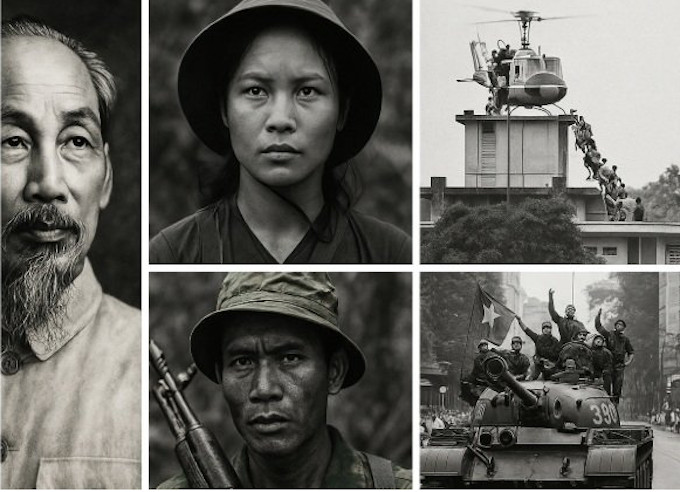
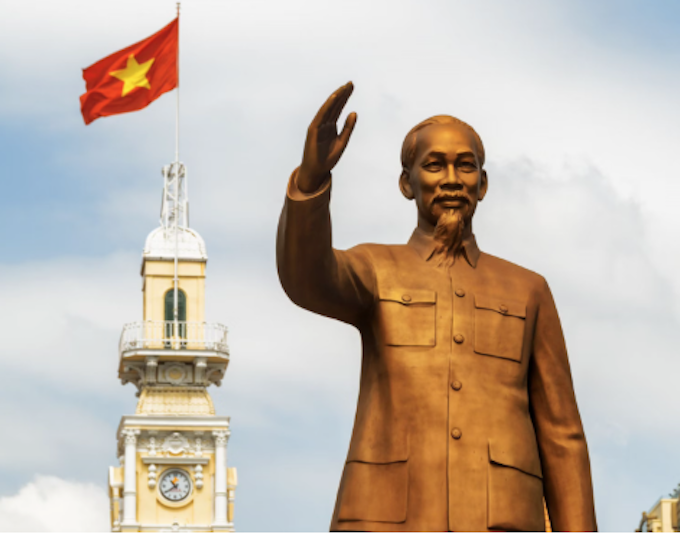



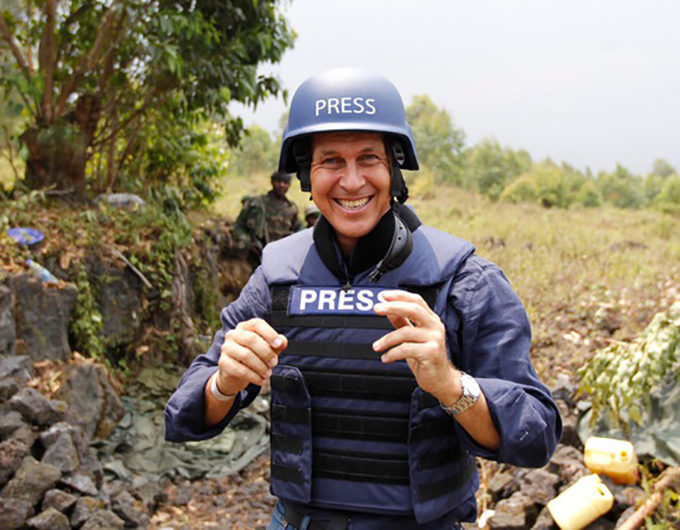

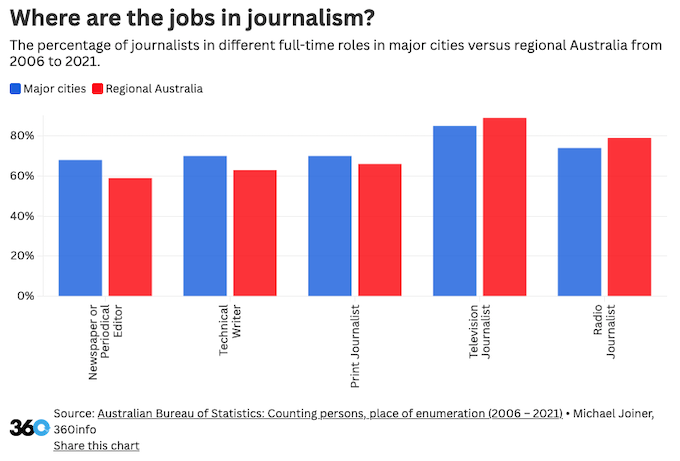
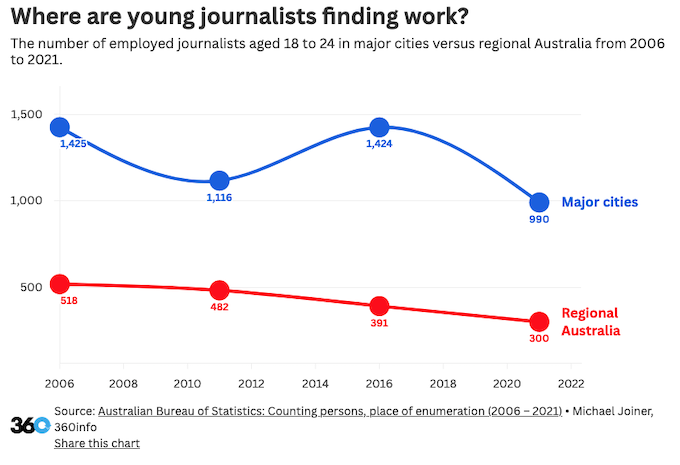
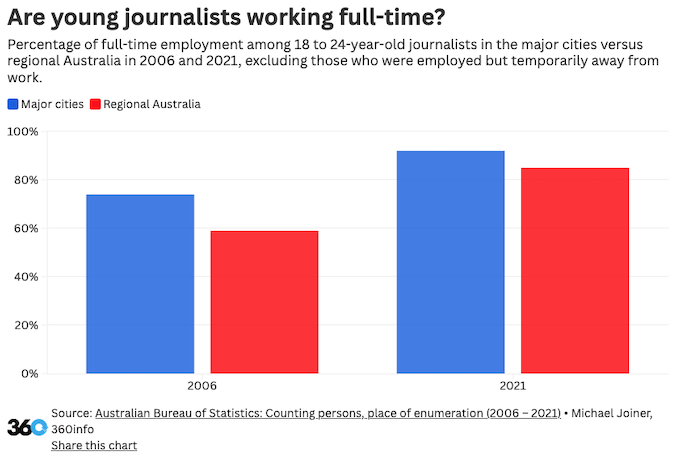
 .
.